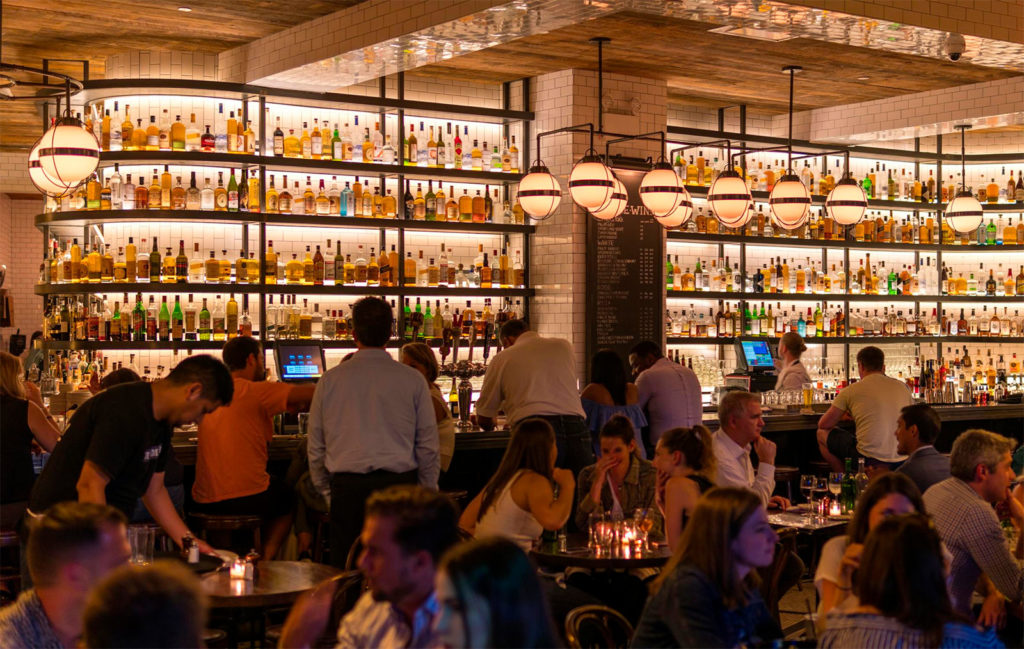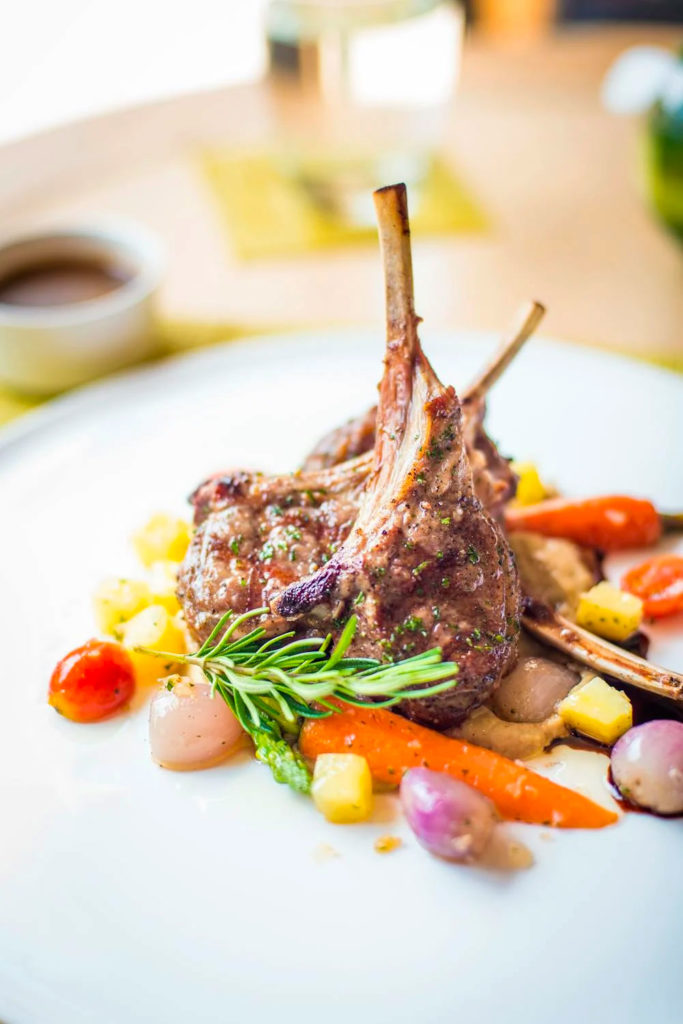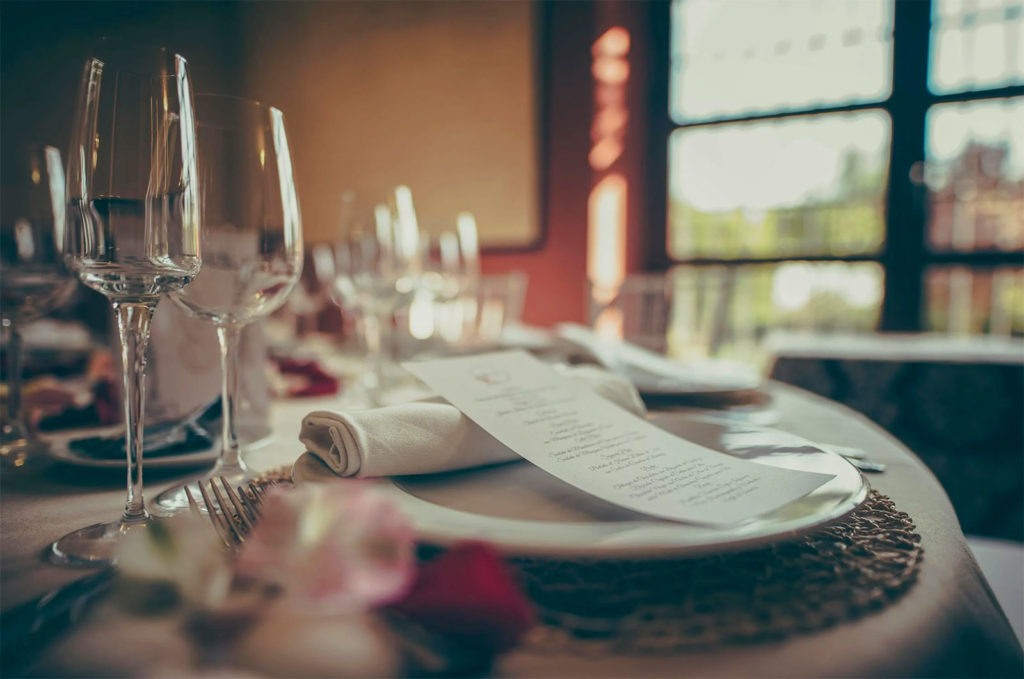Discover how French people eat daily, the cultural rules of dining, and why French food is healthy despite rich ingredients.
Eating in France is often imagined through a narrow lens: long lunches with wine, buttery croissants for breakfast, cheese after every meal, and elaborate dinners every evening. This image, while rooted in some truth, reflects more a tourist’s postcard than the everyday life of French households. In reality, French food culture is built on structure, moderation, and a deep connection to seasonal, local produce. It is less about extravagance and more about rhythm, balance, and social ritual.
Many visitors arrive with certain clichés—expecting every café to serve escargots, or every family to dine with a baguette and bottle of Bordeaux daily. But the truth of French dining habits reveals a more pragmatic and diverse reality shaped by region, work schedules, and modern lifestyles.
This article explores three key aspects that define how people eat in France today. First, we’ll look at what the French eat on a daily basis, beyond the tourist menu. Then, we’ll unpack why French food is often seen as healthier despite its rich ingredients. Finally, we’ll decode the unspoken etiquette that governs meals in restaurants and homes across the country. Whether you’re visiting or relocating, understanding these fundamentals can reshape how you experience food in France.

What do French people really eat every day?
The reality of what French people eat on a daily basis is far more modest and routine than the image often portrayed to tourists. Meals are structured, often home-cooked, and follow a rhythm that prioritizes balance over indulgence. While the occasional croissant or cheese board has its place, daily meals in France are generally simple and portion-controlled.
Breakfast
In most households, breakfast is quick and light. It typically includes a slice of bread with butter or jam, sometimes a tartine (baguette with spread), and a hot beverage like coffee, tea, or hot chocolate. Contrary to common belief, croissants are reserved for weekends or special occasions, not an everyday staple.
Lunch
Lunch is often considered the most important meal of the day, especially for schoolchildren and older adults. While some working adults might opt for a quick salad or sandwich, others still eat a warm, cooked dish like pasta, omelets, or gratins. School canteens serve full meals: entrée, main, side, and dessert, often designed with nutritional guidelines. Meals include raw vegetables (crudités), legumes, and a piece of fruit more often than cheese or pastries.
Dinner
Dinner is typically a sit-down meal shared with family. It may include a vegetable-based soup, a protein like chicken or fish, and a starch such as pasta, rice, or potatoes. While wine is occasionally present, especially on weekends, it is not a daily habit for most families. Cheese might appear, but again, it’s not a constant.
Shopping and portions
Most families shop frequently at local supermarkets or open-air markets, focusing on fresh produce, yogurt, eggs, and seasonal items. Pre-packaged foods are used, but in smaller portions than in many other countries. The French tend to buy just enough for a few days, limiting waste and encouraging variety.
Regional differences
French eating habits also vary slightly across regions. In Brittany, butter dominates, while Provence favors olive oil, herbs, and vegetables. In the Basque Country, meals may include more peppers, ham, and tomatoes, reflecting Spanish influences.
In short, what French people eat each day reflects a culture that values meals as a daily ritual, without excess. It’s structured, seasonal, and more diverse than the clichés suggest.


French food culture: Why rich food doesn’t mean unhealthy
At first glance, French food health can seem like a contradiction. Meals feature butter, cream, cheese, bread, and wine — all traditionally seen as indulgent. Yet France has lower obesity rates than many other Western countries and a strong record of cardiovascular health. This phenomenon, often referred to as the “French paradox”, has sparked interest among researchers and travelers alike.
One key lies in the structure of meals. In France, people typically eat three main meals a day — breakfast, lunch, and dinner — with very limited snacking in between. Children and adults alike are taught to wait for mealtimes, which creates a routine that helps regulate appetite and avoid overconsumption.
Another important aspect is the quality-over-quantity approach. French people often eat foods that are rich in flavor, but they do so in smaller portions. A slice of camembert or a square of dark chocolate is savored, not consumed mindlessly. This reflects a broader culture of mindful eating, where meals are not rushed, but enjoyed with attention. It is also common for meals to be social, eaten with others around the table, which slows down the pace and enhances satisfaction.
Moderate consumption of wine, especially red wine with meals, is a typical part of why French food is healthy in the eyes of many researchers. While overconsumption is discouraged, small amounts are integrated into the lifestyle, particularly during weekend or evening meals.
French supermarkets also support this lifestyle. Packaged foods are often sold in smaller quantities, reducing the tendency to overeat. A yogurt cup, for example, is rarely more than 125 grams. This helps regulate portions without requiring strict dieting or calorie counting.
In terms of physical activity, walking is embedded in daily life. Many French cities and towns are pedestrian-friendly, and people often walk to local shops, bakeries, or schools. This light but consistent activity contributes to energy balance without formal workouts.
Studies behind the French paradox have pointed to a combination of dietary patterns, lifestyle habits, and cultural factors. While not a miracle, the system works due to moderation, enjoyment, and rhythm — rather than restriction or excess.
Understanding this balance offers insight not just into why French food is healthy, but into how a culture can embrace pleasure in eating without compromising long-term health.

The unspoken rules of eating in France
Dining in France is more than a matter of food — it’s a social experience shaped by traditions and etiquette. Whether you’re invited to a home or eating in a restaurant, there are unspoken rules that guide behavior at the table. Understanding these customs is essential for anyone interested in French dining etiquette, and helps avoid the small missteps that mark a visitor as unfamiliar with local norms.
Pacing and rhythm
Meals in France follow a deliberate rhythm. When eating out in France, you’re expected to take your time. It’s unusual to rush through a meal, even lunch. Restaurants won’t bring the check automatically — you must ask for it, usually with a polite “l’addition, s’il vous plaît”. Also, always wait to be seated, even if tables appear available. Seating is often managed carefully, and choosing your own table is considered inappropriate.
Table etiquette
French table manners differ slightly from Anglo-American ones. Keep your hands visible on the table — wrists resting lightly near your plate is acceptable, but placing hands in your lap is not. Napkins stay on the table until the host invites everyone to begin, usually with a nod or “bon appétit”. Bread is common at meals, but don’t use a bread plate — the piece is usually placed directly on the tablecloth, to the left of the plate. It’s also customary to tear bread with your hands, not cut it.
Language and courtesy
Politeness matters. Greet the server or host with a friendly “bonjour” before placing an order or asking for anything. At the start of the meal, saying “bon appétit” is polite and expected. Requests should be framed with “s’il vous plaît”, and even small changes to a dish should be asked for gently, if at all.
Restaurant norms
Tipping in France is not obligatory, as service is included in the bill. However, leaving a few coins or rounding up is a common courtesy. Splitting the bill is less routine than in some cultures; in small groups, one person may pay and others reimburse later. If you plan to split, check that the restaurant is willing to do so. Finally, asking for substitutions is generally discouraged unless due to allergies — French chefs often view the menu as complete and balanced as-is.
Knowing these details makes eating out in France more enjoyable and respectful. Adapting to restaurant rules in France helps travelers blend in and experience meals as locals do — with patience, attention, and courtesy.
XperienceFrance is your travel specialist in France.
